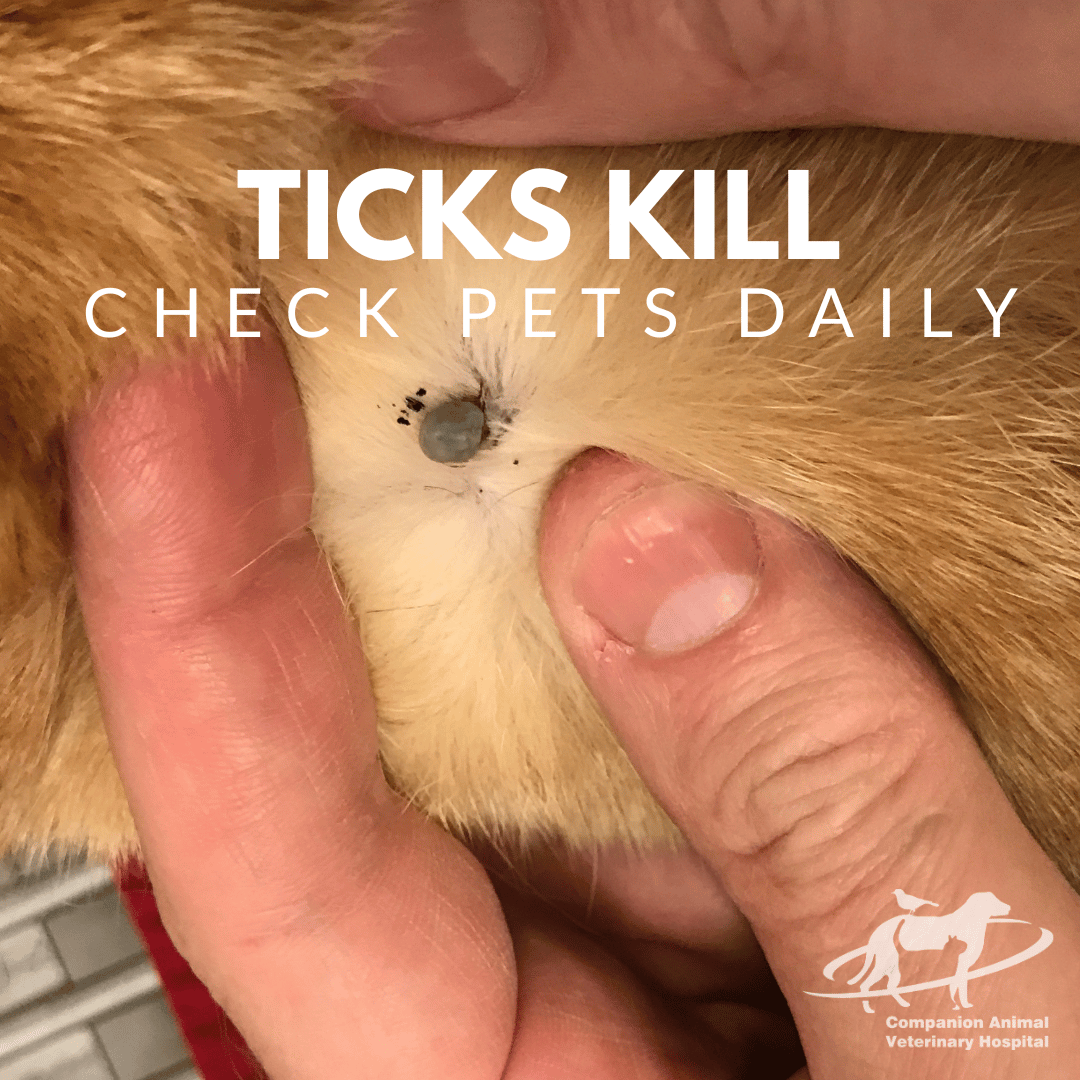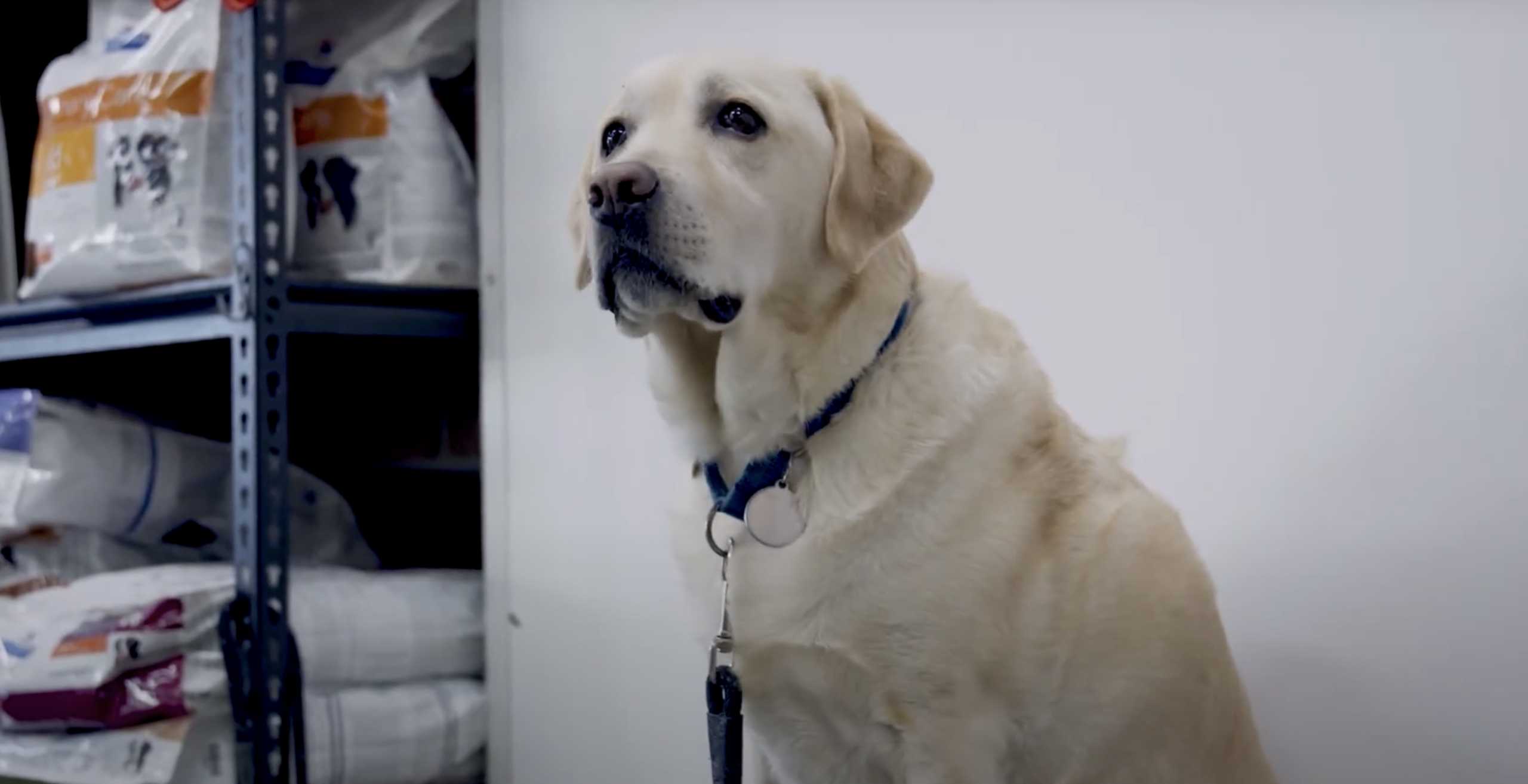Warm, humid weather on the NSW South Coast increases flea breeding and tick activity, including paralysis ticks in coastal bushland. A consistent prevention plan, daily tick checks and good home hygiene are the pillars of protection. If your pet shows wobbliness, vomiting or breathing change, treat as urgent and contact our team.
Why risk rises in summer
Fleas multiply rapidly in warm conditions. Eggs fall into bedding, rugs and cracks, so even brief lapses in prevention can lead to repeat outbreaks. Ticks become more active in warmer months and are picked up on coastal walks, bush tracks, lawns and even suburban gardens. Paralysis ticks (the most concerning species in our area) can cause weakness, voice change, breathing difficulty and, without treatment, can be life-threatening.
Urgent care: If you suspect a paralysis tick or your pet is wobbly, vomiting or breathing differently, call us immediately: Book an emergency exam.
Fleas vs ticks: quick ID
- Fleas are small, fast-moving brown insects. Common clues include scratching, flea dirt (black specks that turn red when wet) and hair loss over the rump/tail base. Many dogs and cats develop flea allergy dermatitis, where even a couple of bites trigger intense itching.
- Ticks are slow-moving and attach to feed. As they engorge, they can look grey/blue. Common attachment sites: head, ears, around the muzzle, under the collar, armpits, groin, between toes and under the tail.
The 3-layer prevention plan
1) Choose the right preventive — and use it on time
Different products cover different parasites and durations (chewables, spot-ons, collars). Puppies, kittens, breeding animals, pets with skin disease and cats often need tailored choices. We can recommend an option that fits your pet’s weight, age and lifestyle, and line up reminders for timely dosing. Ask our vets for a personalised plan.
2) Daily tick checks in summer
Run fingertips through your pet’s coat against the hair, methodically from nose to tail. Focus on:
- Lips, chin, around eyes and ears
- Under the collar and along the neck
- Armpits, groin and between toes
- Under the tail and around the anus
- Tick checks are important but not a substitute for prevention.
3) Home & yard control for fleas
Treat the environment to break the cycle:
- Vacuum carpets, skirting boards and under furniture twice weekly, emptying the vacuum immediately.
- Hot-wash pet bedding weekly; tumble-dry if possible.
- Use targeted environmental sprays where appropriate.
- Treat every pet in the household; untreated animals act as reservoirs.
If you find a tick: what to do
- Stay calm and remove it promptly with a tick key/twister or fine tweezers. Grip close to the skin and apply steady, even pressure upwards.
- Do not apply alcohol, oil, methylated spirits or nail polish. These can stress the tick.
- Keep the tick for identification if possible.
- Monitor closely for 24–48 hours and call us if you see wobbliness, weakness, vomiting, voice change, heavy breathing, excessive drooling or lethargy. These signs require veterinary care.
Product safety notes (especially for cats)
- Only use products labelled for the correct species and weight.
- Some dog tick products contain ingredients toxic to cats; never share between species.
- If your cat is difficult to medicate, ask us about long-acting spot-ons and low-stress handling tips. Cat-friendly care
Troubleshooting: “We keep getting fleas”
- Missed doses or gaps are the most common cause; set calendar reminders.
- Pupae in carpets can hatch weeks later. Keep vacuuming, washing bedding and treating the environment while maintaining prevention on all pets.
- Neighbourhood sources (e.g., visiting animals, wildlife) may require more robust yard hygiene and consistent on-pet control.
- If you’re stuck in a cycle, we can design a 4-week reset plan to clear the infestation at the pet and environment levels. Talk to a nurse for practical steps.
Travel & holidays: timing matters
Heading to the coast, camping or visiting friends with bushy backyards? Start (or re-dose) preventives several days before you go so they’re fully active on arrival. For longer trips, pack the next dose and set a reminder. If swimming frequently, check product guidance on water exposure and re-application intervals. Ask our team for destination-specific advice.
Special considerations
- Puppies & kittens: Rapid growth changes dosing bands; we’ll keep you on the right size.
- Allergic or sensitive skin: Choose products and shampoo routines that won’t flare dermatitis.
- Senior pets and those with medical conditions: We’ll balance effectiveness with safety and any drug interactions.
- Households with toddlers: Prefer options with lower residue risk and careful application guidance.
When to see a vet quickly
- Any signs suggestive of tick paralysis (wobbliness, vomiting, breathing change, voice change)
- Flea allergy dermatitis with raw, infected skin or persistent itch despite dosing
- Kittens/puppies heavily infested (risk of anaemia)
- Cats with lethargy or reduced appetite after suspected tick exposure
Our approach at Companion Animal Vet
- Tailored prevention plans for your pet, property and travel habits
- Tick search & removal, triage and monitoring
- Skin care & allergy management for flea-allergic pets
- Cat-friendly handling to reduce stress during exams and treatments
Ready to summer-proof your pet? Book an appointment or contact us for a prevention plan that fits your pet and budget. You can also read client reviews and find your nearest location.





